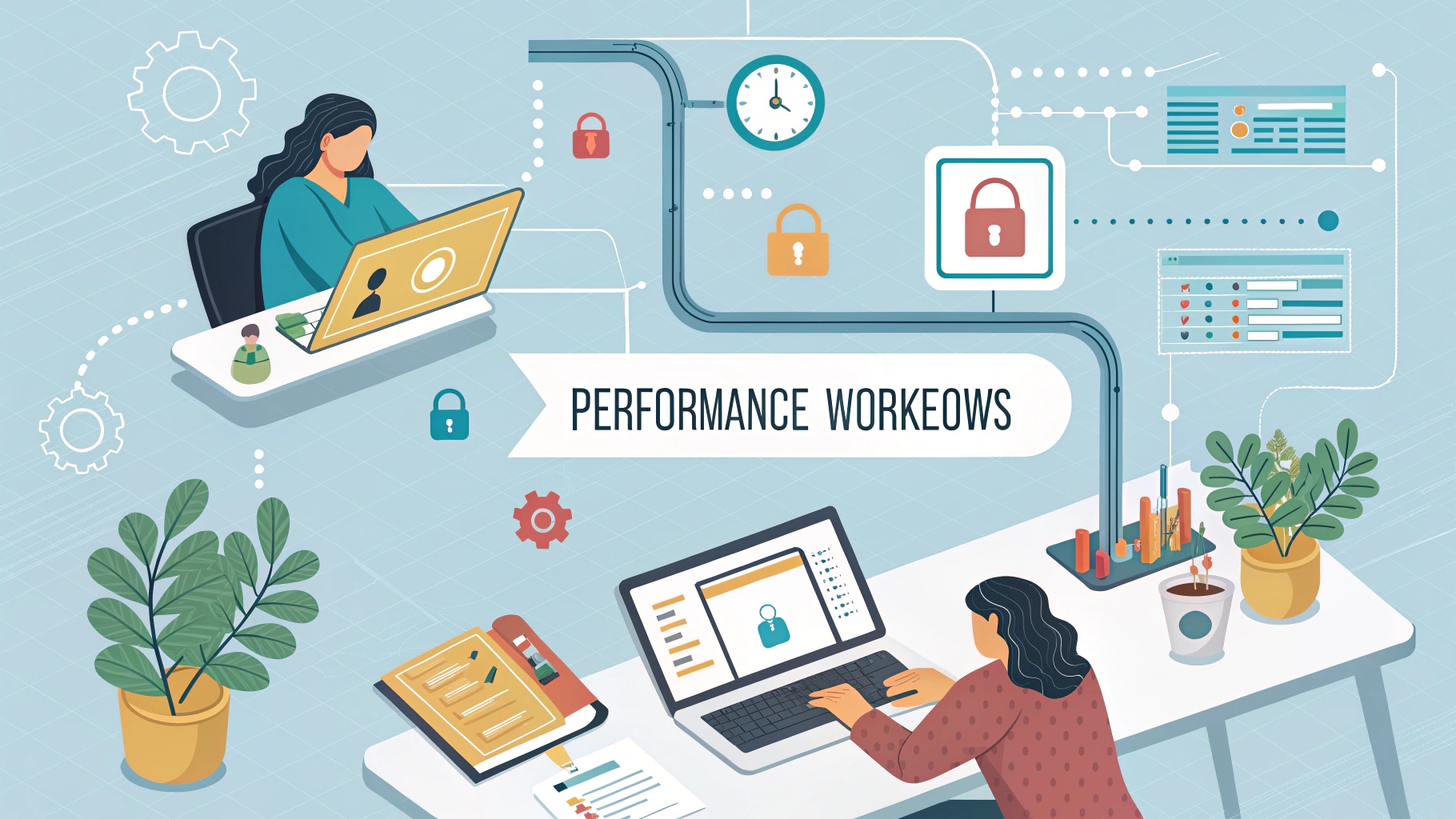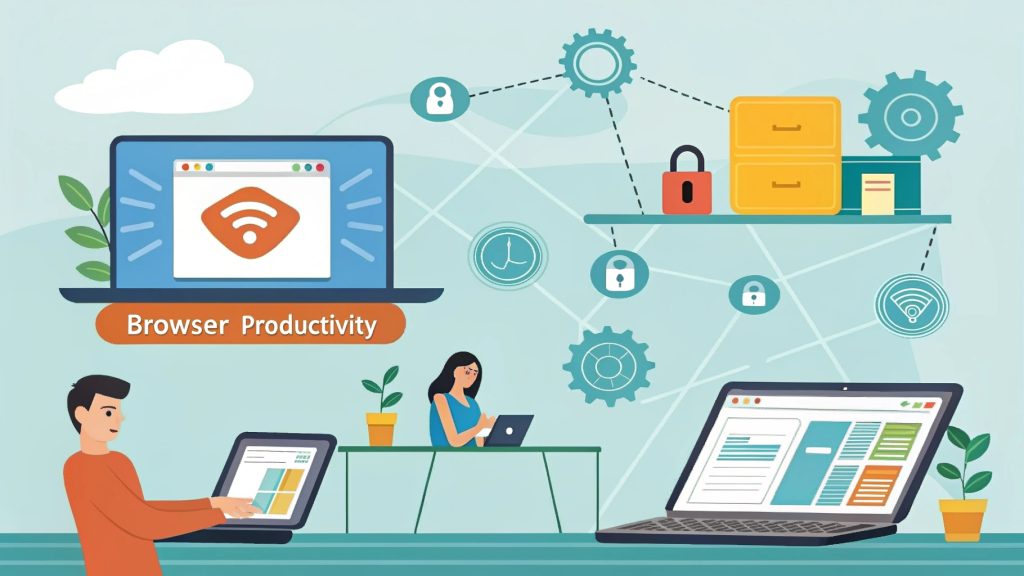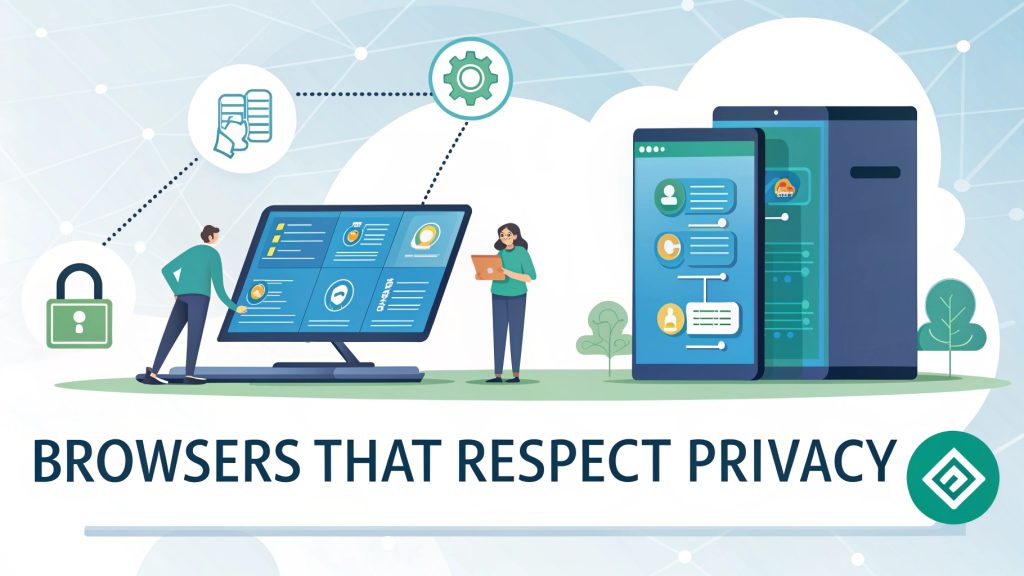
Is your digital workspace helping you thrive or secretly holding you back? With productivity, privacy, and performance all competing for attention, finding the right balance can feel impossible. In this guide, you’ll discover how to design a powerful, efficient digital workspace using the right browsers and tools. Ready to level up your workflow without sacrificing your privacy or speed? Let’s dive in.
What is a digital workspace and why it matters today
Imagine your entire school or office fits inside your laptop or browser, that’s a digital workspace. It’s a collection of tools, apps, and workflows that let you do everything online : write, research, meet, share, and manage tasks. With more people working and studying remotely, digital workspaces have become essential for staying productive, secure, and efficient.
But it’s not just about having tools. A digital workspace needs to be smart, boosting productivity, protecting privacy, and running with top performance. Whether you’re a student, freelancer, or part of a remote team, designing a workspace that meets these three goals is key.
The core pillars of a modern digital workspace
Want to build a digital workspace that actually works? You’ll need three powerful ingredients : productivity, privacy, and performance. Together, they form the foundation of every high-functioning online environment. In this section, we’ll break down how these pillars support your daily tasks and what happens when just one is missing.
Every strong digital workspace stands on three pillars. Let’s break them down like building blocks :
Productivity : Tools that streamline your workflow
Productivity is about getting more done in less time. The right tools help you stay focused and avoid distractions. Think of project managers like Trello or writing assistants like Notion AI , they keep your tasks in line and boost your brainpower.
Privacy : Protecting your data in a connected environment
Your online data is like your diary private. Yet, browsers and websites often track everything you do. Privacy means using tools that stop unwanted snooping and keep your information safe.
Performance : Optimizing speed and system efficiency
Slow systems kill motivation. A great digital workspace runs smoothly without freezing or crashing. This means choosing tools and browsers that don’t hog memory and work well even when many tabs are open.
Common digital workspace challenges professionals face
Think your browser setup is perfect? Think again. From tab chaos to privacy leaks, your digital workspace could be silently sabotaging your focus. This section reveals the most common roadblocks professionals face and why ignoring them could cost you both time and data. Get ready to spot and fix these hidden productivity killers.
Browser overload and multitasking fatigue
Have you ever had 20 tabs open and couldn’t find the one you need? That’s browser overload. Switching between tasks and tabs too often can make you tired and less focused. It’s like trying to read five books at once your brain can’t keep up.
Weak data privacy and vulnerability to tracking
Many people don’t realize how much personal information they share online. Your location, search history, and even shopping habits are tracked. Without strong privacy settings, your data becomes an open book to advertisers and worse, hackers.
Sluggish performance due to resource-heavy setups
Running too many apps or using a heavy browser can slow your computer down. It’s like trying to run a race with a backpack full of rocks. Even basic tasks take longer, and the delay kills your momentum.
Choosing the right browser for your workspace goals
Not all browsers are created equal and your choice could make or break your workflow. Whether you value speed, privacy, or multitasking support, the browser you use plays a huge role in your digital workspace’s performance. Let’s explore how to pick the one that truly fits your goals and work style.
Your browser is your gateway to the digital world. Picking the right one can make a huge difference in your day-to-day work. Let’s compare two rising stars in the browser world:
Comparison : Brave vs Opera GX for productivity and privacy
| Features | Brave | Opera GX |
|---|---|---|
| Privacy | Blocks ads and trackers by default | Good, but requires user setup for full privacy |
| Performance | Lightweight, minimal system usage | RAM & CPU limiters to control performance |
| Productivity Tools | Basic features, few built-in AI tools | Built-in AI assistant (Aria), workspaces |
Evaluating browser speed and system resource usage
If your browser eats up all your RAM, your laptop will feel like it’s stuck in mud. Opera GX lets you set memory limits, so it never takes too much. Brave runs light, almost like a bike gliding down a hill fast and efficient.
Privacy-focused browsing : Essential settings and extensions
Did you know your browser might be sharing more data than you think? In the age of constant tracking, privacy isn’t optional, it’s critical. This section explores simple browser settings and powerful extensions that help you keep your data locked down while boosting your productivity.
Must-have browser extensions for enhanced privacy
- uBlock Origin – Blocks ads and trackers
- Privacy Badger – Stops invisible trackers
- HTTPS Everywhere – Forces websites to use secure connections
- ClearURLs – Removes tracking from links
Tips for reducing digital footprint while working online
“Treat your browser like your home. Keep the doors (your data) locked unless someone really needs to come in.” – Privacy Expert, Lisa N.
- Use incognito or private mode for sensitive work.
- Regularly clear your browser cache and cookies.
- Disable third-party cookies in your browser settings.
- Avoid signing into every site with your social accounts.
Boosting performance : How to lighten your digital load
If your computer feels slow and unresponsive, your browser could be the real culprit. High-performance tools and features can dramatically improve your digital workspace. In this section, we’ll explore smart ways to reduce memory usage, speed up your setup, and get back on track fast.
Managing tabs, memory, and CPU with smart tools
Too many open tabs can slow your device to a crawl. Use tab managers like OneTab or The Great Suspender to keep things clean. These tools pause or store inactive tabs, so your system can breathe.
Browser features that prevent lag and maintain speed
- Opera GX – Set CPU/RAM limits for smoother multitasking.
- Vivaldi – Suspend background tabs automatically.
- Microsoft Edge – Built-in sleeping tabs feature.
Workflow automation inside the browser
Imagine having a personal assistant inside your browser. With AI-powered extensions and automation tools, that’s no longer science fiction. This part of your digital workspace can eliminate repetitive tasks and keep you focused on what really matters. Let’s explore how automation leads to more productivity and less burnout.
Best AI-powered extensions for routine tasks
- ChatGPT for Chrome – AI writing, summarizing, and brainstorming
- Zapier – Automate workflows between web apps
- Grammarly – Fix grammar and suggest edits in real time
How automation tools enhance focus and output
When AI takes over repetitive stuff, like replying to emails or summarizing long articles, you free up time for deep work. It’s like having a digital assistant working behind the scenes while you focus on the big picture.
Integrating productivity tools in your browser ecosystem
Ever feel like you’re jumping between too many apps? What if your browser could be your all-in-one productivity hub? From note-taking to time tracking, we’ll show you how to turn your browser into a powerful tool for performance and focus. This section reveals which tools actually make a difference and how to use them right.
Top browser-compatible productivity apps in 2025
- Notion – All-in-one workspace for notes, tasks, and databases
- Airtable – Organize projects with spreadsheet-style layouts
- Toggl Track – Track time directly from your browser
- Todoist – Manage to-dos and reminders with ease
How to create a distraction-free browser workspace
- Use full-screen mode to hide background apps.
- Install a focus extension like StayFocusd.
- Create browser “workspaces” for different projects.
- Silence notifications during deep work sessions.
Expert tips for balancing productivity with digital well-being
More screen time doesn’t always mean more done. To get the most from your digital workspace, you need to balance productivity with mental clarity. This section offers real tips for staying focused without burning out, because staying online all day shouldn’t cost your well-being.
Setting screen time limits and focused work sessions
Use tools like Focus Booster or Pomofocus to work in short, intense sprints. It’s like exercising your brain, work for 25 minutes, rest for 5, and repeat. This keeps you sharp without burning out.
Managing notifications and browser distractions
Turn off email and social media notifications. They’re like flies buzzing in your ear, annoying and hard to ignore. Use browser settings to block pop-ups and disable sound alerts.
Real-world examples : How professionals optimize their workspace
What does a high-performing digital workspace look like in action? In this section, we dive into real setups used by freelancers and remote teams to boost productivity, safeguard privacy, and improve performance. See how others are getting it right and how you can, too.
Case study : Freelancer’s browser setup for performance & focus
Alex, a freelance designer, uses Brave with just three extensions: Grammarly, Notion Web Clipper, and Clockify. He blocks all notifications, works in full-screen mode, and clears tabs every day with OneTab. His system is fast, private, and distraction-free.
Case study : Remote team using secure browser environments
Glow Agency, a remote marketing team, uses Opera GX across all members. Each team member has a workspace for different clients, Aria AI for quick copywriting, and RAM limiters enabled to ensure Zoom doesn’t freeze during meetings.
Future trends : What’s next for browsers and digital workspaces
Where are digital workspaces headed next? With AI integration and privacy innovations on the rise, browsers are evolving fast. This final section looks into the future of productivity, privacy, and performance tools and how they’ll transform the way you work in your browser.
Emerging AI tools inside browsers
Browsers are getting smarter. In the near future, expect built-in AI to summarize websites, translate pages in real time, or even write emails based on your tone. Opera GX and Edge are already experimenting with these features.
Privacy tech developments shaping digital workflows
With rising concerns over tracking, new privacy tech is on the horizon like zero-knowledge encryption and decentralized identity. Soon, you might have full control over your data, choosing exactly who sees what, and when.
Designing a digital workspace that delivers on productivity, privacy, and performance is not just possible, it’s essential. By choosing the right browsers, automating workflows, and protecting your data, you can work smarter and safer. Ready to transform your setup? Share this guide, explore more content, or start optimizing your digital environment today, one tool at a time.



